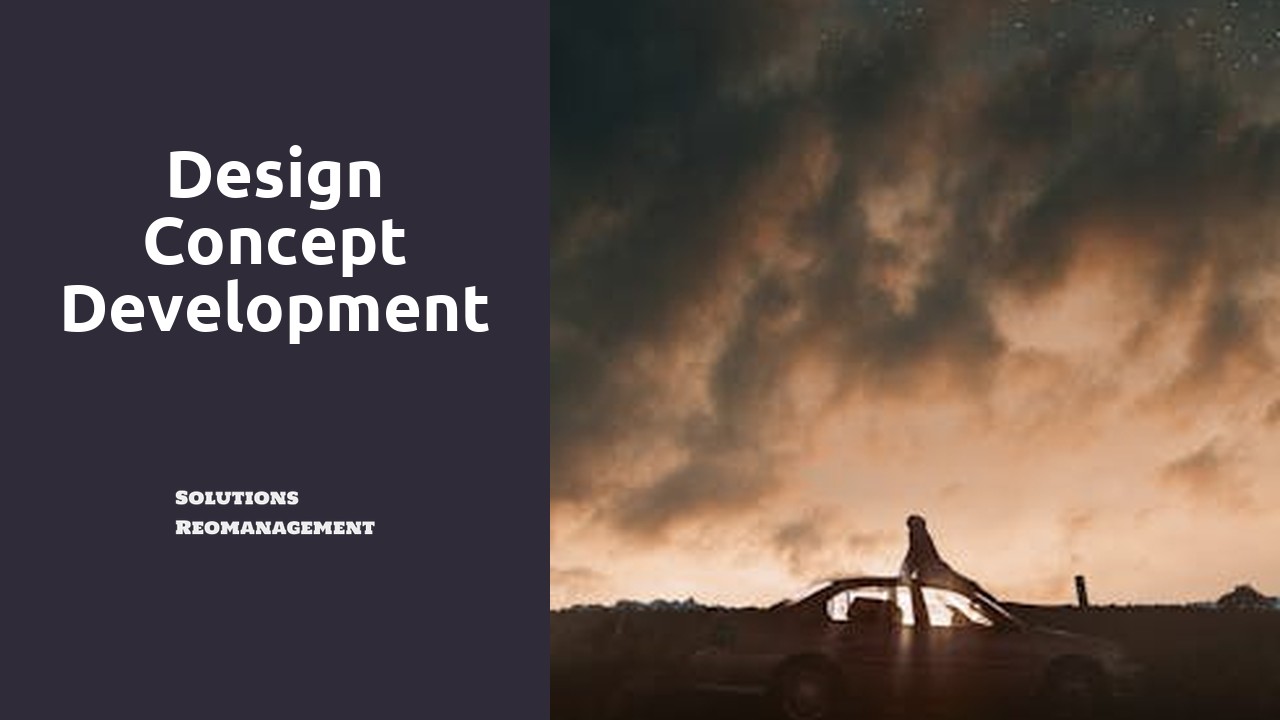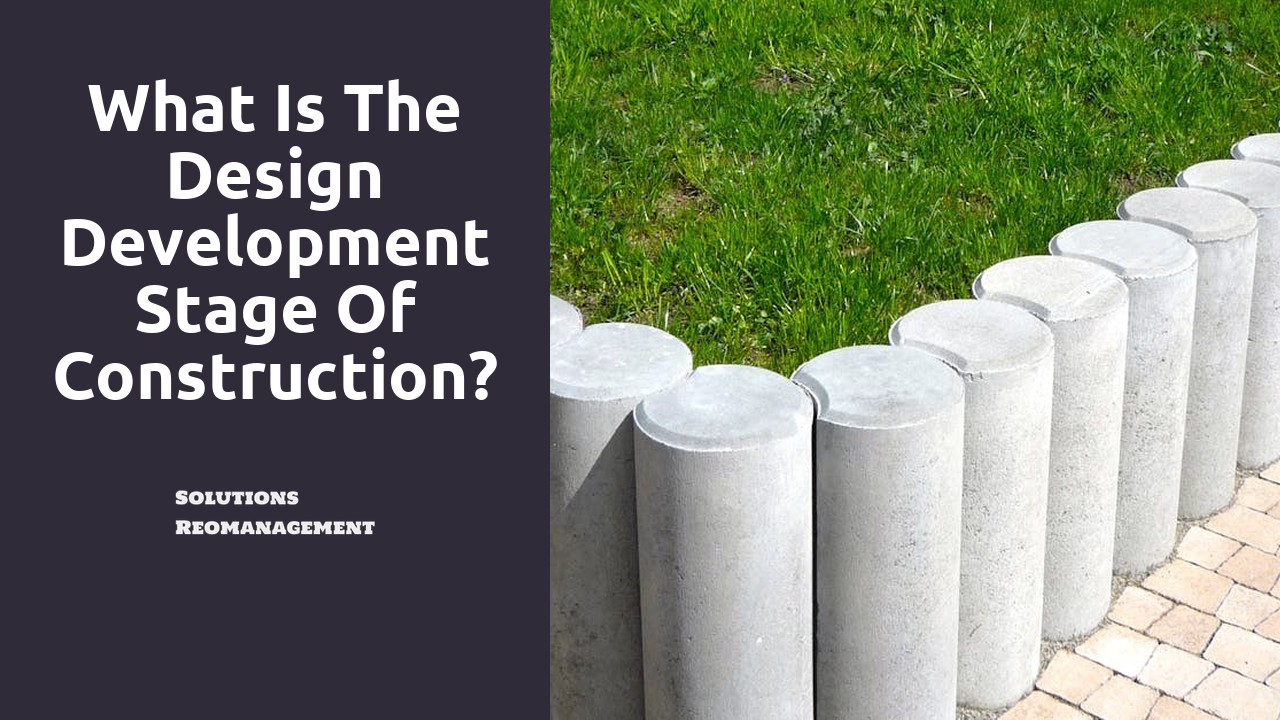
Design Concept Development
Table Of Contents
Solutions Reomanagement offers a comprehensive Design Concept Development service that is tailored to meet the unique needs of each client. Our team of expert designers work closely with clients to understand their vision, goals, and budget in order to create innovative and functional design concepts. Whether it's for a residential, commercial, or industrial project, we strive to exceed expectations and deliver designs that are not only aesthetically pleasing but also highly practical. With our attention to detail and commitment to customer satisfaction, Solutions Reomanagement is the ideal choice for all your design concept development needs.
Digital Rendering
Digital rendering plays a crucial role in bringing design concepts to life in the modern age. By utilizing advanced software tools, designers can transform initial ideas into realistic visualizations that accurately represent the final product. This process allows for a more comprehensive exploration of different design elements, enabling designers to experiment with colours, textures, and layouts with ease.
Moreover, digital rendering facilitates efficient communication between designers and clients by providing them with a tangible visual representation of the proposed design concepts. Through these digital models, clients can better understand the overall vision and make informed decisions regarding the project. Additionally, digital rendering enables designers to make quick adjustments and revisions based on client feedback, ensuring that the final design meets the client's expectations and requirements.
Developing Design Concepts Using Software Tools
When it comes to developing design concepts using software tools, designers are able to bring their creative visions to life in a dynamic and efficient manner. Software tools such as Adobe Creative Suite, SketchUp, and AutoCAD provide designers with the necessary platform to experiment with various elements of their designs, from colour schemes to spatial arrangements. By leveraging these tools, designers can work with precision and intricacy, ensuring that every aspect of their concept is meticulously crafted.
Furthermore, software tools allow designers to easily make modifications and iterations to their designs with just a few clicks. This flexibility enables designers to explore different possibilities and variations, helping them refine their concepts until they reach a stage where they are satisfied with the final outcome. The ability to visualize designs in a virtual space also allows designers to identify any potential flaws or areas for improvement early on in the process, ultimately leading to more polished and compelling design concepts.
Presentation Preparation
Presentation preparation is a crucial step in the design concept development process, as it allows designers to effectively communicate their ideas to clients. It involves compiling all the necessary visuals and materials to showcase the proposed concepts in a clear and engaging manner. Designers must ensure that the presentation is visually appealing, informative, and coherent to effectively convey their design vision to the client.
In addition to showcasing the design concepts, presentation preparation also involves preparing supporting materials such as mood boards, material samples, and product mock-ups. These supplementary visual aids help to provide a comprehensive understanding of the proposed designs and create a more immersive experience for the client. By paying attention to detail and ensuring all elements are well-organized and aesthetically pleasing, designers can increase the likelihood of client engagement and positive feedback during the presentation.
Compiling Final Concepts for Client Review
Compiling final design concepts for client review is a crucial step in the design process. As designers, our goal at this stage is to present a clear, cohesive vision that accurately reflects the client's needs and preferences. This involves gathering all the developed concepts, whether they are in the form of sketches, digital renderings, or physical models, and organizing them into a comprehensive presentation package.
When compiling the final concepts, it is important to ensure that each design variation is clearly presented and that the overall layout of the presentation is easy to follow. The use of high-quality images, detailed descriptions, and any relevant annotations can help convey the design intent effectively to the client. By taking the time to compile all the concepts thoughtfully, designers can facilitate a productive and insightful review session with the client, ultimately leading to a successful collaboration and a design outcome that meets everyone's expectations.
Client Feedback
Upon receiving client feedback on the initial design concepts, it is crucial to carefully analyze their input and perspectives. Clients' opinions and preferences play a fundamental role in shaping the final outcome of a project, ensuring that their vision aligns seamlessly with the proposed design concepts. By actively listening to clients' feedback and engaging in open communication, designers can tailor their ideas to better suit the needs and expectations of the client. This collaborative approach fosters a sense of trust and transparency, ultimately leading to a more successful and satisfactory design process.
Client feedback serves as a valuable guide for designers to refine and enhance their initial concepts. It provides an opportunity to address any concerns, make necessary adjustments, and incorporate new ideas that resonate with the client's vision. By actively incorporating client feedback into the design development process, designers can create a final product that exceeds expectations and truly reflects the client's unique style and requirements. This iterative feedback loop ensures that the design concept evolves in a way that meets the client's objectives while maintaining a high standard of creativity and innovation.
Revising Designs Based on Client Input
After receiving feedback from the client on the initial design concepts, it is crucial to carefully consider their input and make revisions accordingly. The client's feedback provides valuable insights into their preferences and expectations, helping to ensure that the final design meets their needs. By actively listening to the client's comments and suggestions, designers can tailor the concepts to better align with the client's vision and objectives.
During the revision process, it is essential to maintain open communication with the client to clarify any points of confusion or address any additional requests they may have. By keeping the client involved in the revision process, designers can demonstrate their commitment to delivering a design that exceeds expectations. Moreover, seeking clarification on specific feedback can help designers refine their concepts further and ensure that the final design resonates with the client's aesthetic preferences and functional requirements.
FAQS
What is digital rendering in the context of design concept development?
Digital rendering is the process of creating a visual representation of a design concept using software tools to simulate realistic textures, lighting, and materials.
How can software tools be utilized to develop design concepts?
Software tools can be used to create detailed 2D and 3D models, explore different variations of a design, and test functionality before finalizing a concept.
What is involved in presentation preparation for design concepts?
Presentation preparation includes organizing and formatting design materials, creating visual aids such as mood boards or presentations, and ensuring clear communication of the concept to stakeholders.
How are final design concepts compiled for client review?
Final design concepts are compiled by gathering all relevant materials, presenting them in a cohesive manner, and providing context and rationale for design decisions.
How important is client feedback in the design concept development process?
Client feedback is crucial as it provides valuable insights and perspectives that can help refine and improve the design concept to better meet the client's needs and expectations.






